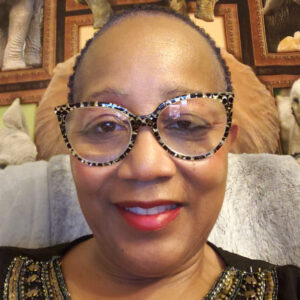When the National Football League’s Miami Dolphins fired head coach Brian Flores in January, it caused quite a stir across the professional sports world. And, the ensuing lawsuit could raise some valuable lessons about diversity, equity and inclusion for HR professionals, some experts say.
Flores, who is Black, lost his job despite the team having back-to-back winning seasons. In pursuit of a new position, he was scheduled to interview as head coach for the New York Giants but found out accidentally that the team already had decided to hire another candidate, who is white; this was despite the “Rooney Rule,” which, among other things, dictates that NFL teams must interview at least two minority candidates when searching for a new head coach and other leaders.
In a class-action lawsuit in the Southern District of New York, Flores essentially contends that the NFL adheres to the rule in name only and that discrimination against Black personnel is rampant. Currently, the NFL has one Black head coach and one multi-racial head coach; a majority of the players are Black. Flores has since been hired by the Pittsburgh Steelers, the team most closely connected with the Rooney Rule, which was named for late owner Dan Rooney.

While the NFL situation will be sorted out in the courts, Flores’ allegations highlight some of the mistakes employers should avoid when looking to build their workforce’s diversity profile. “Employers should be focusing on radical inclusion rather than radical exclusion,” explains Andrea Trudelle, director, Benefits and Leaves, at Tailored Brands, Inc. “Radical inclusion demonstrates hiring a person for the skills and talents they bring to the organization and leaving all biases out of the equation.”
See also: Here’s your chance to recognize an outstanding HR leader
Trudelle says employers should stop settling for “white is right” and focus solely on the skills needed to perform the role. When employers choose radical inclusion, they seek to not only eliminate unconscious bias but to be proactive and conscious about inclusion.
“When you have mastered radical inclusion, you step out of your comfort zone and hire the right person for the role,” she says. “Imagine a hiring process where the recruiter/hiring manager interviewed an individual blindfolded and didn’t know the race of the person. All they had to help them decide on the right person for the role was the individual’s skill set.”
 Importantly, especially when it comes to the NFL suit, Trudelle says, a successful DE&I strategy must start at the very top of the organization. In fact, the C-suite and the board must “demand” it.
Importantly, especially when it comes to the NFL suit, Trudelle says, a successful DE&I strategy must start at the very top of the organization. In fact, the C-suite and the board must “demand” it.
“If DE&I is not demanded from the very top, the company is just pretending to support DE&I,” she says. “Real DE&I requires investing in the whole company. Company-wide training is required. Additionally, employers from the start must define what DE&I means to them.”
Learn more from Trudelle when she joins a panel discussion, “Next Steps: How Benefits Can Address Racial Inequity,” at HRE’s upcoming Health & Benefits Leadership Conference, April 5-7 at the Aria in Las Vegas. The other panelists are Jessica Brooks, president/CEO, Pittsburgh Business Group on Health; and Jennifer Benz, senior vice president, Communications Practice Leader, at Segal Benz.

